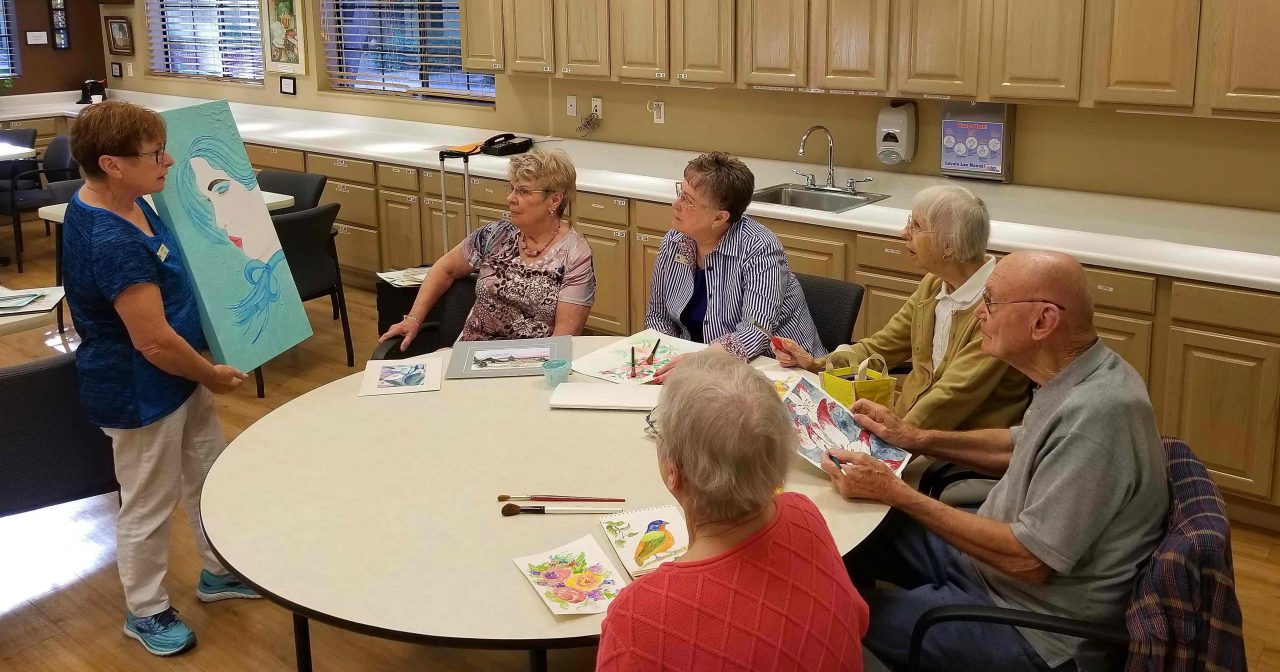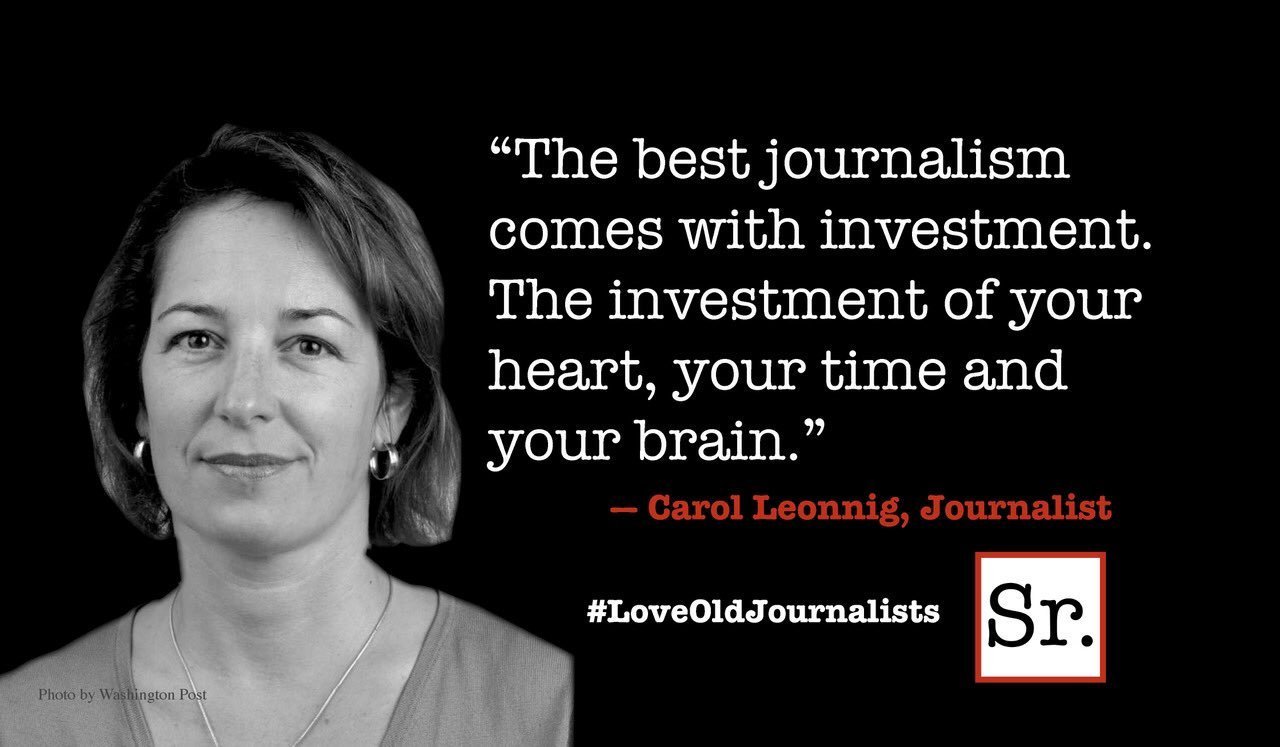The year 2003 was an important one for my husband, Dave, and me. That is when we first learned about continuing care retirement communities or CCRCs.
 As we approached our senior years we believed it was vital to find a place that would give us peace of mind knowing that each of us would have important and proper levels of care for the remainder of our life. Was a CCRC the solution?
As we approached our senior years we believed it was vital to find a place that would give us peace of mind knowing that each of us would have important and proper levels of care for the remainder of our life. Was a CCRC the solution?
To help answer that question, Dave worked for three years at a local CCRC. We felt it was a great way to discover firsthand if a CCRC was as good as we’d been told. The answer was a resounding yes.
Thus began an eight-year pursuit to learn all about CCRCs in order to find the best one for us. The usual research was started: internet, phone calls, visiting various CCRCs and talking to residents.
We obtained a marketing packet from each community to help in our research. Being a retired banker, I knew it was important to analyze the financial strength and stability of each CCRC. That was paramount in our research.
Also, we personally visited CCRCs in various states to determine if they met our standards, meeting with senior management plus touring all of their campuses. Location was important to ensure proximity of medical facilities. Entrance and monthly fees, floor plans, modern technology, plus amenities, were all analyzed and compared.
After finishing our comprehensive due diligence, we decided on two life care communities that best met our personal criteria. Then, an article in a newsletter of the National Continuing Care Residents’ Association (NaCCRA) was a true game-changer for us.
The article detailed proper financial vetting of a CCRC by analyzing tax returns. The key item was to determine if the community had a positive or negative net asset value (NAV). If the NAV was negative, why? And, for how many years had it been negative?
We wanted our CCRC of choice to be there for the rest of our lives. So financial stability was crucial. The CCRC we had chosen did not meet the financial standards we had learned from that NaCCRA article. It was then back to the proverbial drawing board.
The article turned out to be our good fortune. That moved Royal Oaks in Sun City, Arizona, to the top of our list, meeting all of our requirements. Yes, for many years the community has had a strong and positive NAV! Royal Oaks has maintained a consistently overall strong financial condition. Additionally, the community has earned an ‘A’ rating by Fitch, a credit rating agency.
We have lived at Royal Oaks for two years and feel truly blessed knowing that we made a smart choice. Royal Oaks is vibrant with a great management and staff, wonderful residents and modern technology supported by a top-notch IT department. Most importantly, Royal Oaks has four levels of care that are compassionate and efficient with excellent ratings and reviews. This year Royal Oaks celebrates 35 years and has announced a new and exciting master plan.
The peace of mind I mentioned earlier is made possible for Dave and me by our thorough research that led us to living at Royal Oaks.
"Choosing Senior Living" is a special series of Senior Correspondent and myLifeSite (www.mylifesite.net). Share your firsthand account of the senior living decision-making process. Send articles of 400 to 600 words to submissions@seniorcorrespondent.com.









